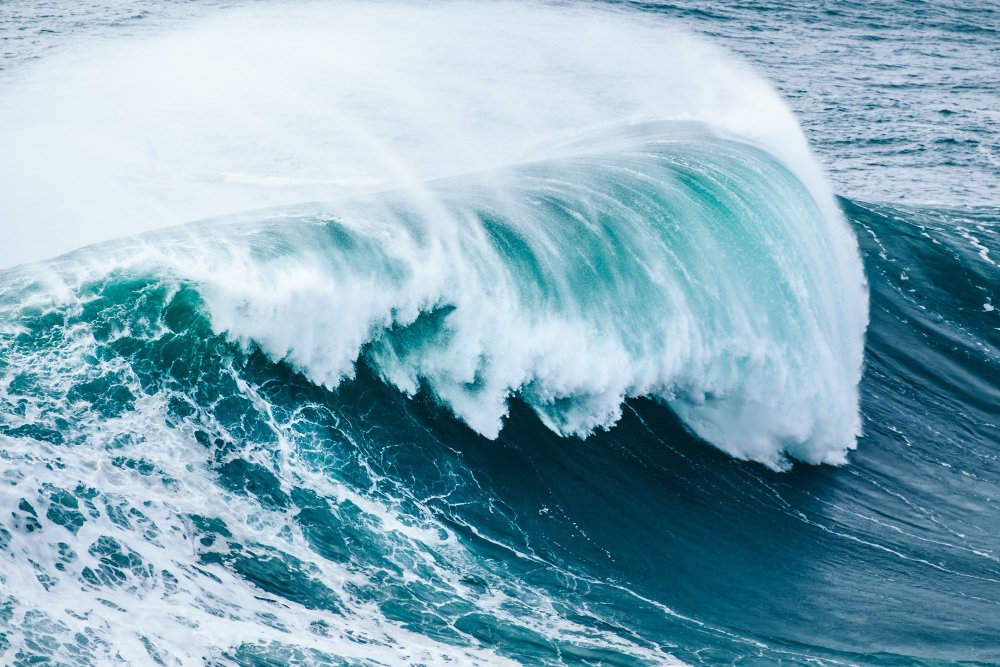Diego Córdoba (ICMAT-CSIC), Alberto Enciso (ICMAT-CSIC) and Nastasia Grubic (ICMAT-CSIC) sign ‘Local wellposedness for the free boundary incompressible Euler equations with interfaces that exhibit cusps and corners of nonconstant angle’, published in Advances in Mathematics.

One of the great challenges of science is to predict the behaviour of fluids from the equations that describe their dynamics. This makes it possible to understand physical phenomena – such as the formation of tornadoes, air fronts of different temperatures, waves and tsunamis, or the break-up of a droplet – which facilitates, for example, weather forecasting or the study of possible floods.
In 1755, the mathematician Leonhard Euler first wrote the differential equations that bear his name and govern the motion of an ideal fluid, i.e. one that is free of the frictional forces caused by the interactions between the molecules that form it. Despite being the second oldest known differential equation, there are still many open questions about it.
For example, it has only recently been shown that the incompressible Euler equations with a free boundary are locally well-posed in a class of solutions in which the interfaces can have corners and cusps, as happens, for example, with sea waves. Diego Córdoba (ICMAT-CSIC), Alberto Enciso (ICMAT-CSIC) and Nastasia Grubic (ICMAT-CSIC) have shown that, unlike in all previously known water waves with corners, the angle of these cusps can change with time. Their result is published in Advances in Mathematics.
Reference: Córdoba D, Enciso A, Grubic N. Local wellposedness for the free boundary incompressible Euler equations with interfaces that exhibit cusps and corners of nonconstant angle. Advances in Mathematics. 2023;433:109299. doi:10.1016/j.aim.2023.109299
